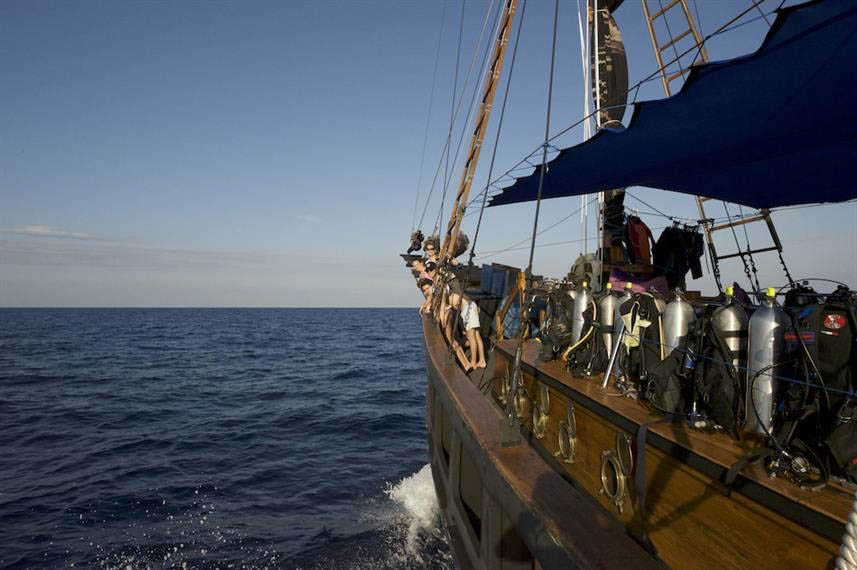With the variety of fin types, styles and material used it’s sometimes a little confusing when trying to decide on the right diving fins for your activity. Will they do what I need them to do properly, do they fit, what’s a split or blade fin, open heel or full foot. What fin’s do or will your dive buddies have?
Firstly choose a reputable and established dive store like New Zealand Sea Adventures, this way you’ll know their products are chosen with the divers best interests in mind. They will have the experience to know what works for every individual and situation plus the prices will be competitive. Visit the store and talk to the sales person/dive professional, tell them the diving you plan to do or ask for advice on good local diving. In person you can see, feel and try on the fin’s before you buy them and therefore know you’ve made the right choice.
Here is some discussion on some common questions asked, remember consult your friendly dive professional at NZ Sea Adventures for the best advice for your specific diving style.
Open Heel or Full Foot?
You will have noticed that some dive fins have a strap around the ankle were others have a complete foot pocket or shoe incorporated in the fin. These are Open Heel and Full Foot fins respectively. Full foot fins are typically used in tropical areas were the extra warmth from a dive boot or neoprene sock is not particularly needed. They feel a little nicer and don’t pull on your achilles the same. An Open Heel fin offers diversity and the same amount of comfort as a full foot fin, provided that is, you have the correct type and fit in the dive boot that matches the fin. Being able to wear a dive boot means you can walk around in your diving “footwear” without damaging them, they’ll have protection for the soles of your feet and a good amount of Thermal protection. Dive Boots go on your feet and into the open heel fin with ease and secure via the fin strap.
Straps and buckles or Spring Straps?
When budget is big on your priority then the standard fin strap and buckle system will do just fine. These will keep your foot in the fin pocket and provide the adjustment needed to take the fin on and off but.. These can be difficult to manage properly when in or around the water and cause embarrassment if you’re not a seasoned pro at operating them. A pair of Spring straps are relatively inexpensive, come standard with some fin types or can be fitted with relative ease to any open heel fin at New Zealand Sea Adventures dive store. Choose a pair with a good size finger hole then taking your fins on and off becomes the simplest of talks. Spring straps “auto adjust” to keep your foot firmly in your fin and provided you’ve chosen the right size, will not be too tight or too loose.
Why a “Split Fin”?
Split fin’s have been around for at least a decade now with consistent popularity and for good reason. At first glace for some people, this type of diving fin often brings to mind the question “what’s the point, when I need to swim they’ll bend and flex too much?” or something similar. No split fins are not for swimming fast or pulling large amount of equipment around. The split fin is a Deluxe, Recreational Scuba diving fin. These provide maximum performance at a slow pace, so swimming slowly is even easier and more relaxing. The design also decreases the incidence of leg cramp and ankle stress with an increase in maneuverability.
What is a “Blade Fin”?
For agility and power choose a Blade Fin. Be it full foot or open heel, the benefit’s when trying to move/swim somewhere fast or maneuver with lot’s of equipment are obvious. But the range and functions vary widely through the range of Blade fins. There are multi-purpose fins than with do either free-diving or scuba diving but neither particularly well. A good free-diving fin takes skill to operate but the benefits to a free-diver are worth the challenge where they would be too cumbersome for Scuba. You want to choose a quality blade fin for Scuba Diving so that your legs and ankles don’t suffer, make sure it will fit your dive boot type or upgrade your boots at the same time. Short and Wide or longer and thinner, these things all affect performance and maneuverability or agility so think about how you like or would like to be able to move around in the water.







